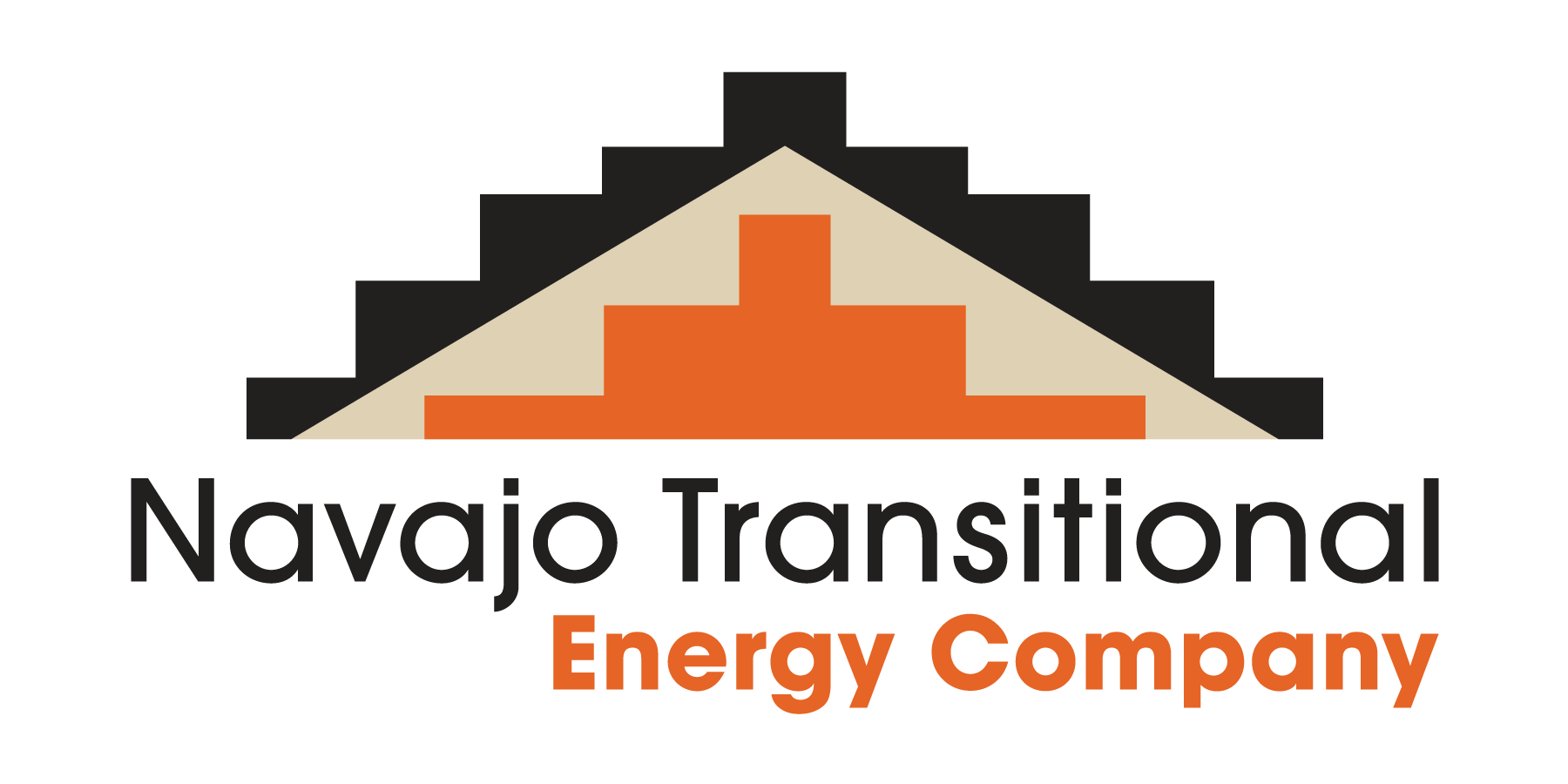Is helium dangerous?
No. Definitely not. Helium is NOT dangerous, hazardous, or radioactive. It is also not poisonous to humans or the environment. Helium is an inert gas meaning it does not react with other chemicals and it cannot catch or create fire.
How does helium extraction impact water?
Fresh water is not impacted by helium extraction. Water wells target much shallower formations at 1000 ft or less below the surface, while helium is extracted at depths of more than 6500 ft. NTEC’s wells use triple casing strings, or “pipe,” which are cemented in place to 1500 ft, to isolate freshwater zones from helium production.
Does helium extraction create any hazardous waste?
No hazardous waste is created from extracting helium. Helium extraction is very clean and very safe.
